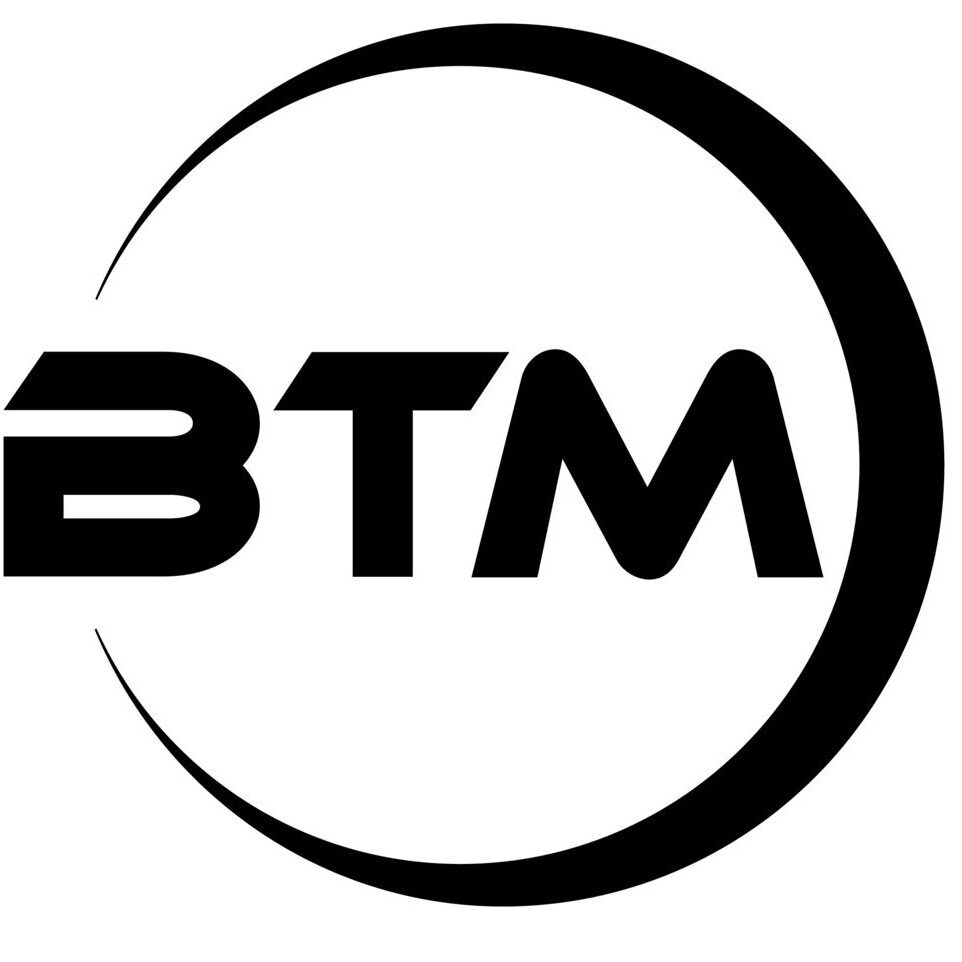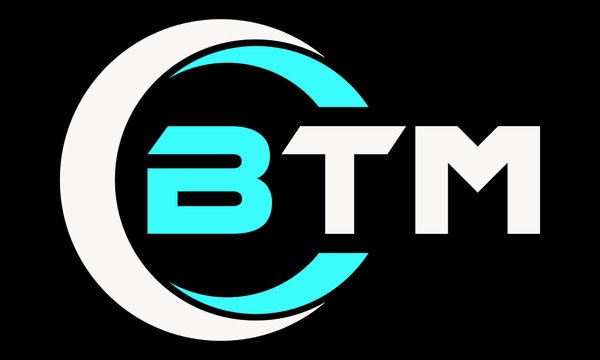For many veterans, the challenges of reintegrating into civilian life extend beyond physical health. Post-traumatic stress disorder (PTSD) and substance use disorders often go hand in hand, creating a cycle that is difficult to break. Dual diagnosis treatment, which addresses both conditions simultaneously, offers a path to recovery and healing by targeting the root causes and providing comprehensive care.
This article explores the relationship between PTSD and addiction in veterans, the importance of dual diagnosis treatment, and the strategies used to support lasting recovery.
Understanding the Connection Between PTSD and Addiction
Veterans are at a higher risk of developing PTSD due to their exposure to combat, trauma, and high-stress environments. Substance use often emerges as a way to cope with the overwhelming symptoms of PTSD, creating a dangerous cycle.
1. Self-Medication
- Veterans may turn to drugs or alcohol to dull the emotional pain, intrusive thoughts, or hyperarousal associated with PTSD.
- While this may provide temporary relief, it often leads to dependency and exacerbates mental health struggles.
2. Overlapping Symptoms
- PTSD and addiction share symptoms such as anxiety, insomnia, and irritability, making it challenging to address one without the other.
3. Barriers to Seeking Help
- The stigma surrounding mental health and addiction may discourage veterans from seeking the treatment they need.
- Fear of judgment or concerns about appearing weak often prevent individuals from reaching out.
What Is Dual Diagnosis Treatment?
Dual diagnosis treatment is an integrated approach that addresses both mental health disorders and substance use disorders at the same time.
1. A Comprehensive Approach
- Treating PTSD and addiction concurrently ensures that neither condition is overlooked or exacerbated by focusing on just one.
- The approach considers the complex interactions between mental health and substance use.
2. Evidence-Based Therapies
- Dual diagnosis programs use proven methods such as cognitive-behavioral therapy (CBT), trauma-focused therapy, and medication-assisted treatment (MAT) to support recovery.
3. Veteran-Specific Care
- Programs tailored to veterans address the unique challenges of military life, including combat trauma, loss of camaraderie, and difficulties in civilian reintegration.
Symptoms That May Indicate a Dual Diagnosis
Veterans experiencing both PTSD and addiction often display overlapping and compounding symptoms.
1. Emotional Symptoms
- Depression, anxiety, and mood swings are common.
- Feelings of hopelessness or guilt may intensify due to addiction or unresolved trauma.
2. Behavioral Symptoms
- Risky behaviors such as reckless driving, aggression, or self-isolation may emerge.
- Difficulty maintaining relationships or employment often accompanies these struggles.
3. Physical Symptoms
- Fatigue, sleep disturbances, and physical health decline are frequently observed in individuals with dual diagnoses.
How Dual Diagnosis Treatment Works
The goal of dual diagnosis treatment is to break the cycle of addiction and PTSD by addressing both conditions simultaneously through an integrated approach.
1. Detoxification and Stabilization
- The process often begins with supervised detox to manage withdrawal symptoms and ensure physical stability.
- This phase prepares the individual for mental health treatment.
2. Trauma-Focused Therapy
- Evidence-based approaches like Eye Movement Desensitization and Reprocessing (EMDR) help veterans process traumatic memories without relying on substances.
- Narrative therapy and exposure therapy are also effective for addressing the root causes of PTSD.
3. Substance Use Treatment
- Medication-assisted treatment (MAT) may be used to manage cravings and withdrawal symptoms.
- Therapy focuses on developing coping mechanisms that don’t involve substance use.
4. Group and Peer Support
- Group therapy and veteran-specific support networks provide camaraderie and reduce feelings of isolation.
- Sharing experiences with others who understand the unique challenges of military life fosters healing.
The Benefits of Dual Diagnosis Treatment for Veterans
Dual diagnosis programs are uniquely equipped to address the complex needs of veterans, offering a range of benefits that promote long-term recovery.
1. Holistic Healing
- Addressing both PTSD and addiction ensures that veterans receive comprehensive care, improving overall well-being.
2. Improved Coping Skills
- Therapy teaches veterans healthy strategies for managing stress, triggers, and symptoms of PTSD.
3. Reduced Risk of Relapse
- Treating the underlying trauma reduces the likelihood of veterans turning to substances to cope in the future.
4. Rebuilding Relationships
- Programs often include family counseling to repair and strengthen relationships that may have been strained by addiction and mental health challenges.
Challenges Veterans May Face During Recovery
The road to recovery is not without obstacles, but understanding these challenges can help veterans and their families prepare for the journey.
1. Facing Trauma
- Confronting painful memories can be overwhelming, especially during the early stages of treatment.
- Professional guidance and a supportive environment make this process more manageable.
2. Physical Dependency
- The body’s reliance on substances can make detoxification a difficult experience.
- Medication and medical supervision ensure a safer and more comfortable transition.
3. Social Stigma
- Overcoming societal and personal stigmas about mental health and addiction requires patience and encouragement.
- Veteran-specific programs reduce stigma by normalizing the experience of seeking help.
The Importance of Veteran-Specific Programs
Veterans benefit from programs that understand the unique challenges of military service and the transition to civilian life.
1. Military-Informed Care
- Therapists and counselors trained in military culture can relate to veterans’ experiences and provide tailored support.
2. Peer Connections
- Sharing recovery journeys with fellow veterans fosters a sense of understanding and camaraderie.
3. Focus on Reintegration
- Programs often include skills training, career counseling, and other resources to support veterans in building a fulfilling civilian life.
Post-Treatment Support for Long-Term Recovery
After completing a dual diagnosis program, ongoing support is essential for maintaining progress and preventing relapse.
1. Aftercare Programs
- Regular therapy sessions, support groups, and check-ins help veterans stay connected to their recovery goals.
2. Building a Support Network
- Veterans are encouraged to maintain relationships with peers, family, and mentors who understand their journey.
3. Developing Healthy Habits
- Exercise, mindfulness practices, and hobbies contribute to emotional stability and resilience.
Conclusion
Dual diagnosis treatment is a lifeline for veterans struggling with PTSD and addiction, offering a path to recovery that addresses both conditions simultaneously. By providing trauma-focused care, substance use treatment, and veteran-specific support, these programs empower individuals to break the cycle and reclaim their lives.
Facilities like Fortitude Recovery are dedicated to helping veterans overcome these challenges with comprehensive, compassionate care. With the right tools and support, veterans can move forward with renewed strength and hope for the future.






